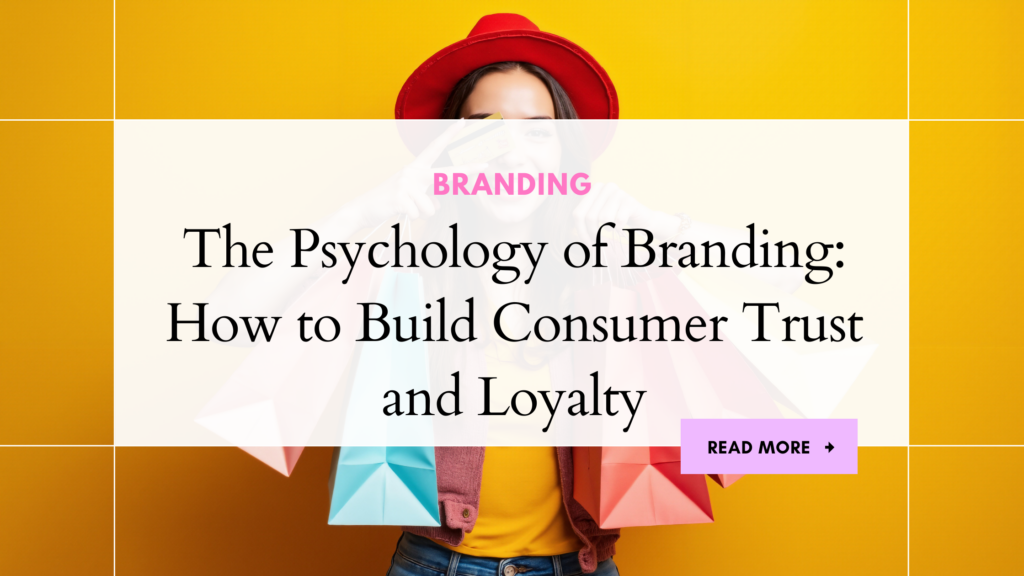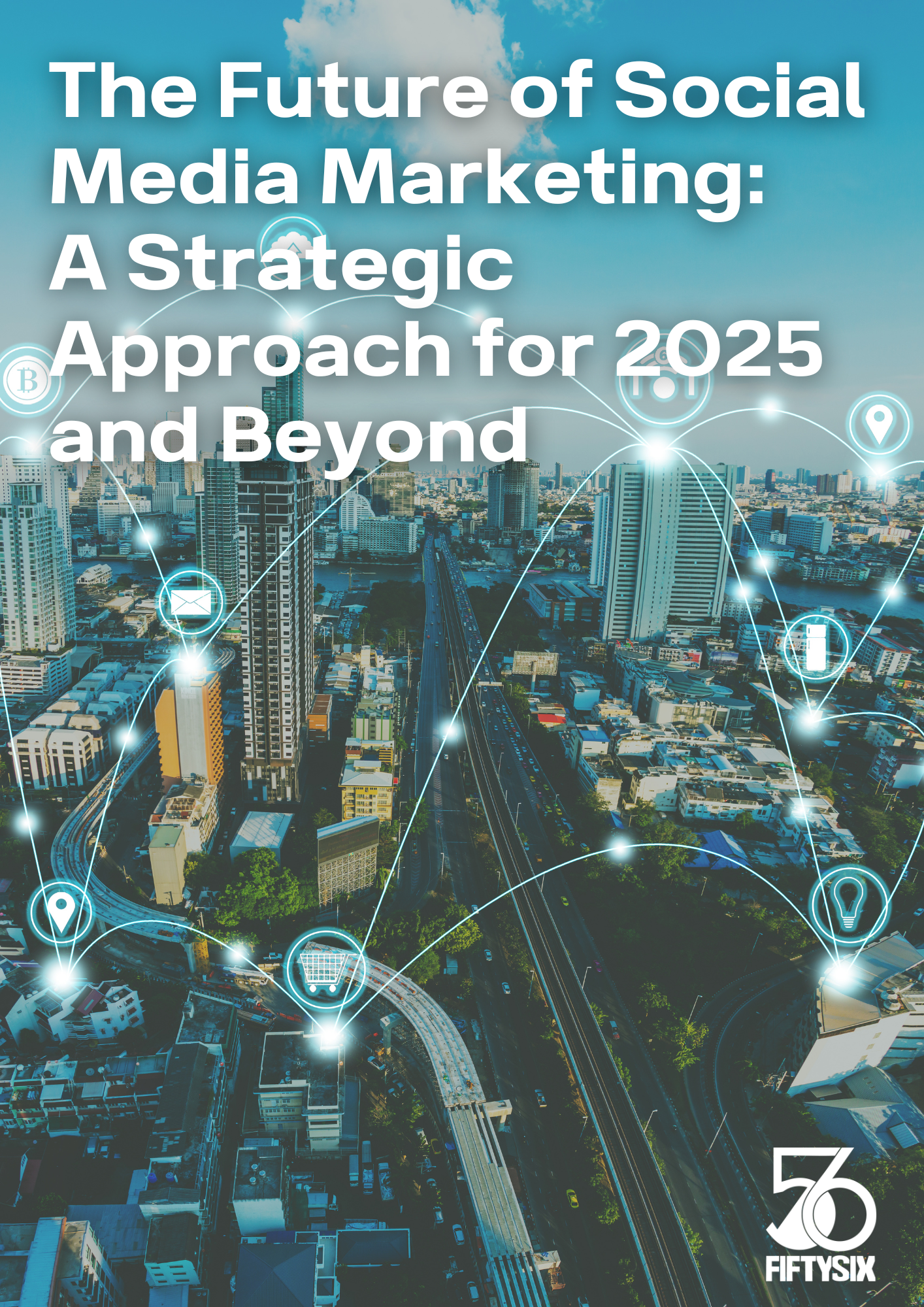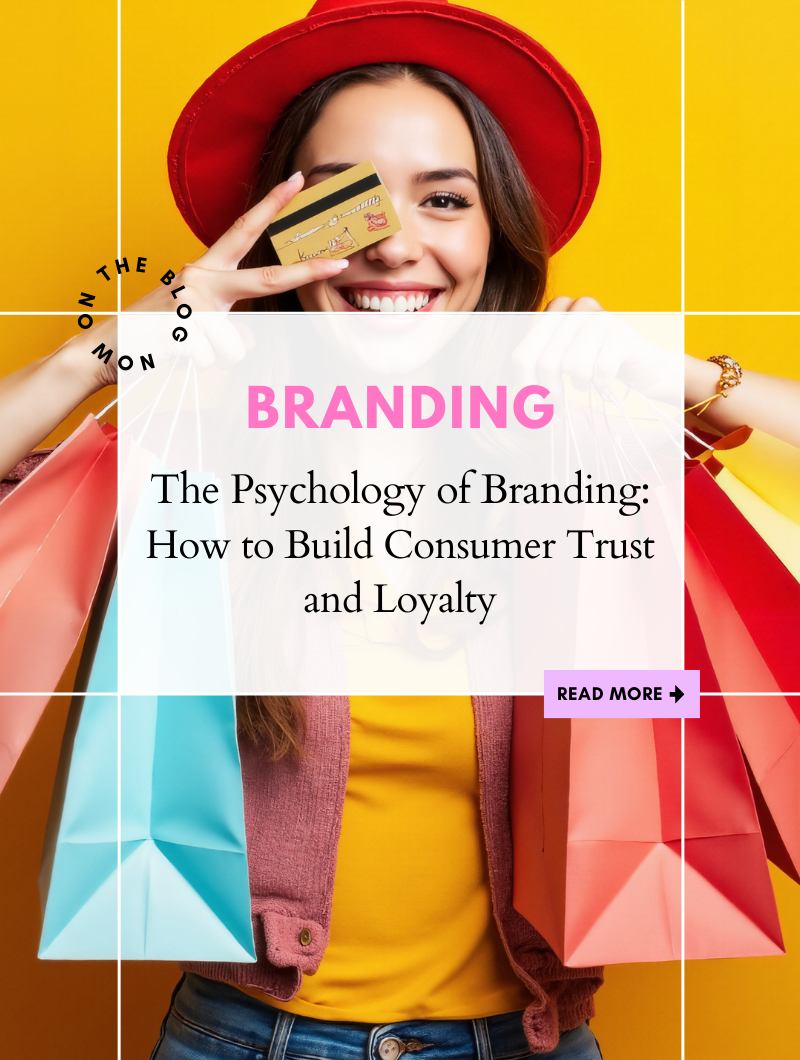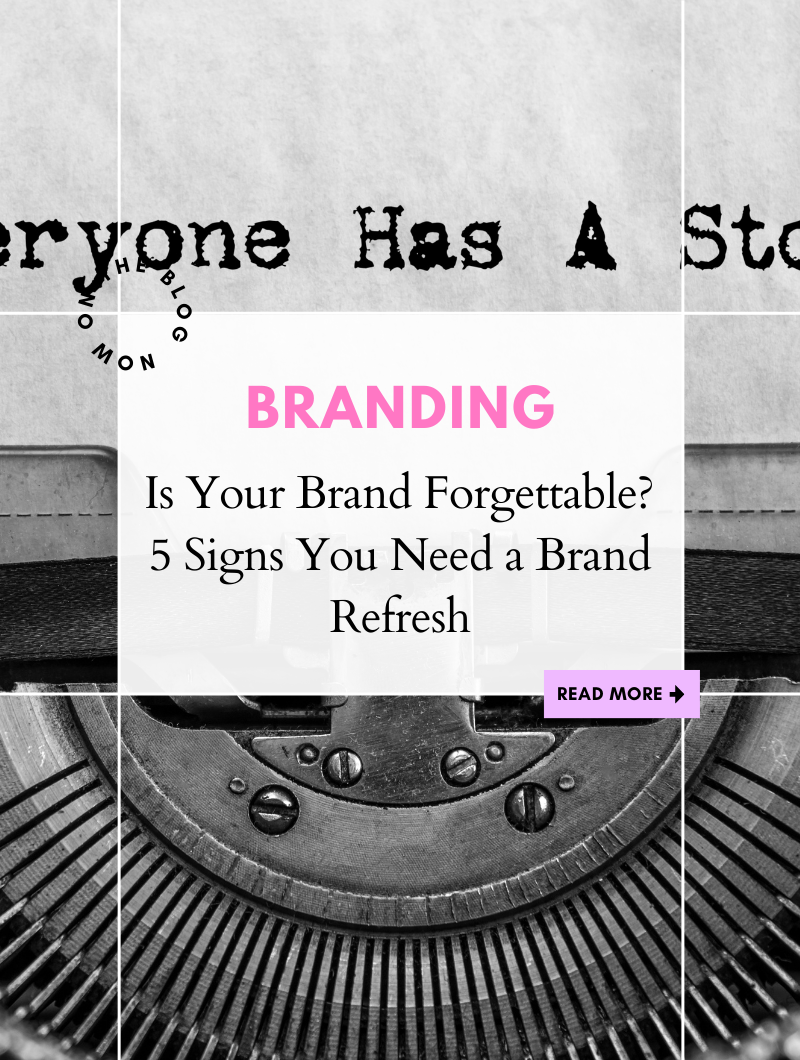
Branding isn’t just about visuals—it’s about psychology. The way consumers perceive your brand directly impacts whether they trust you, buy from you, and stay loyal over time. Trust isn’t built overnight, and loyalty isn’t automatic. But when brands understand how the human mind processes identity, relationships, and decision-making, they can create lasting connections that turn one-time buyers into lifelong advocates.
Let’s break down the key psychological principles behind branding and explore how to leverage them to build trust and loyalty with your customers.
1. The Power of Consistency: Why Familiarity Builds Trust
Consumers gravitate toward what feels familiar. Psychologically, the mere exposure effect states that people develop a preference for things they see repeatedly. This is why consistency in branding—logos, colors, messaging, and tone—is so powerful.
🔹 How to Apply This:
- Ensure your visual identity and messaging are consistent across your website, social media, packaging, and marketing materials.
- Stick to a clear brand voice that aligns with your values and resonates with your audience.
- Develop brand guidelines that keep your team aligned on tone, imagery, and messaging.
Example: Coca-Cola’s branding has remained consistent for decades—red, white, and a signature script font—making it instantly recognizable and trusted worldwide.
2. Emotional Branding: Creating a Connection Beyond the Product
People don’t buy products; they buy emotions. Research shows that emotionally connected customers are 52% more valuable than those who are just satisfied with a product. Brands that tap into emotions—whether it’s nostalgia, empowerment, or excitement—create stronger, longer-lasting relationships with their customers.
🔹 How to Apply This:
- Define your brand’s core emotion—is it inspiring, comforting, energizing, or aspirational?
- Use storytelling in your marketing to evoke emotions rather than just pushing features.
- Create messaging that speaks to your audience’s deeper desires, pain points, or values.
Example: Nike’s “Just Do It” campaign isn’t about shoes—it’s about motivation, perseverance, and pushing boundaries, which keeps their audience deeply engaged.
3. Social Proof & Trust Signals: Why People Follow the Crowd
Consumers look to others when making decisions. This is called social proof, a psychological phenomenon where people assume the behavior of others reflects the correct action. If your brand can showcase proof that others trust you, potential customers are more likely to do the same.
🔹 How to Apply This:
- Feature customer testimonials, reviews, and case studies prominently on your website and social media.
- Highlight user-generated content and customer success stories.
- Showcase industry certifications, awards, or endorsements to reinforce credibility.
Example: Amazon prominently features user reviews and star ratings because seeing thousands of people endorse a product increases purchase confidence.
4. The Reciprocity Principle: Give Value, Get Loyalty
The principle of reciprocity suggests that when someone receives something valuable, they feel inclined to give back. Brands that offer free value—whether through content, exclusive experiences, or personalized engagement—build stronger customer relationships.
🔹 How to Apply This:
- Offer free valuable content like e-books, webinars, or educational blog posts.
- Provide personalized discounts or thank-you messages to repeat customers.
- Engage with customers meaningfully on social media, responding to comments and messages in a way that fosters relationships.
Example: Starbucks’ rewards program gives customers free drinks and perks, making them more likely to return and spend more over time.
5. The Scarcity Effect: Why Limited Availability Creates Urgency
Scarcity triggers urgency and increases perceived value. When people believe something is in limited supply, they psychologically assign it more importance. This is why “limited edition” products or time-sensitive offers are so effective.
🔹 How to Apply This:
- Use limited-time offers or exclusive product drops to create urgency.
- Highlight low stock alerts or show “X people are viewing this now” on product pages.
- Offer VIP memberships or early access to new products for loyal customers.
Example: Luxury brands like Louis Vuitton limit production of certain items, making them feel more exclusive and desirable.
6. Authenticity: The Key to Long-Term Loyalty
Consumers can spot inauthenticity from a mile away. Trust is built on transparency, relatability, and purpose. According to research, 86% of consumers say authenticity is a key factor when deciding what brands they support.
🔹 How to Apply This:
- Share behind-the-scenes content that showcases your brand’s personality and values.
- Be transparent about your mission, ethics, and business practices.
- Own up to mistakes and engage honestly with customers when issues arise.
Example: Patagonia openly discusses its environmental impact and sustainable efforts, which strengthens consumer trust and brand loyalty.
Final Thoughts: The Psychology of a Strong Brand
Brand trust and loyalty aren’t built overnight—but they are built intentionally. By understanding the psychological triggers that drive consumer behavior, you can create a brand that not only attracts customers but keeps them coming back.
📌 Want to build a brand that connects and converts? At FiftySix, we specialize in using research, data, and strategy to craft brands that stand the test of time. Let’s work together—contact us today!




+ show Comments
- Hide Comments
add a comment